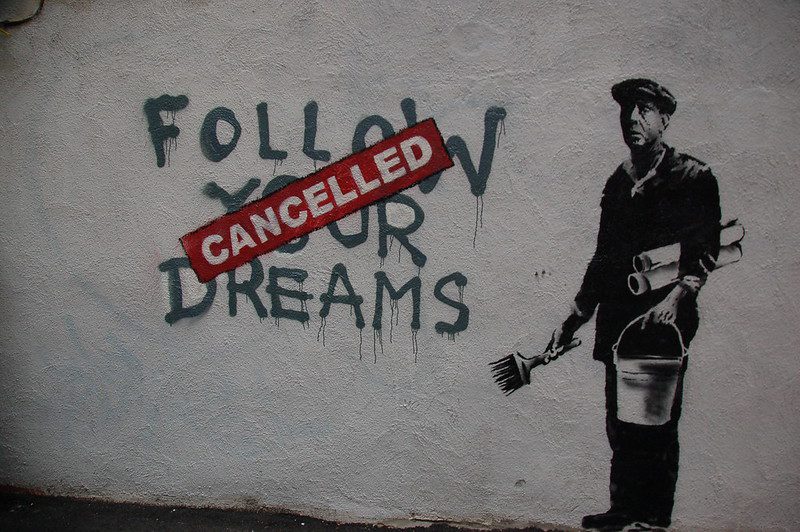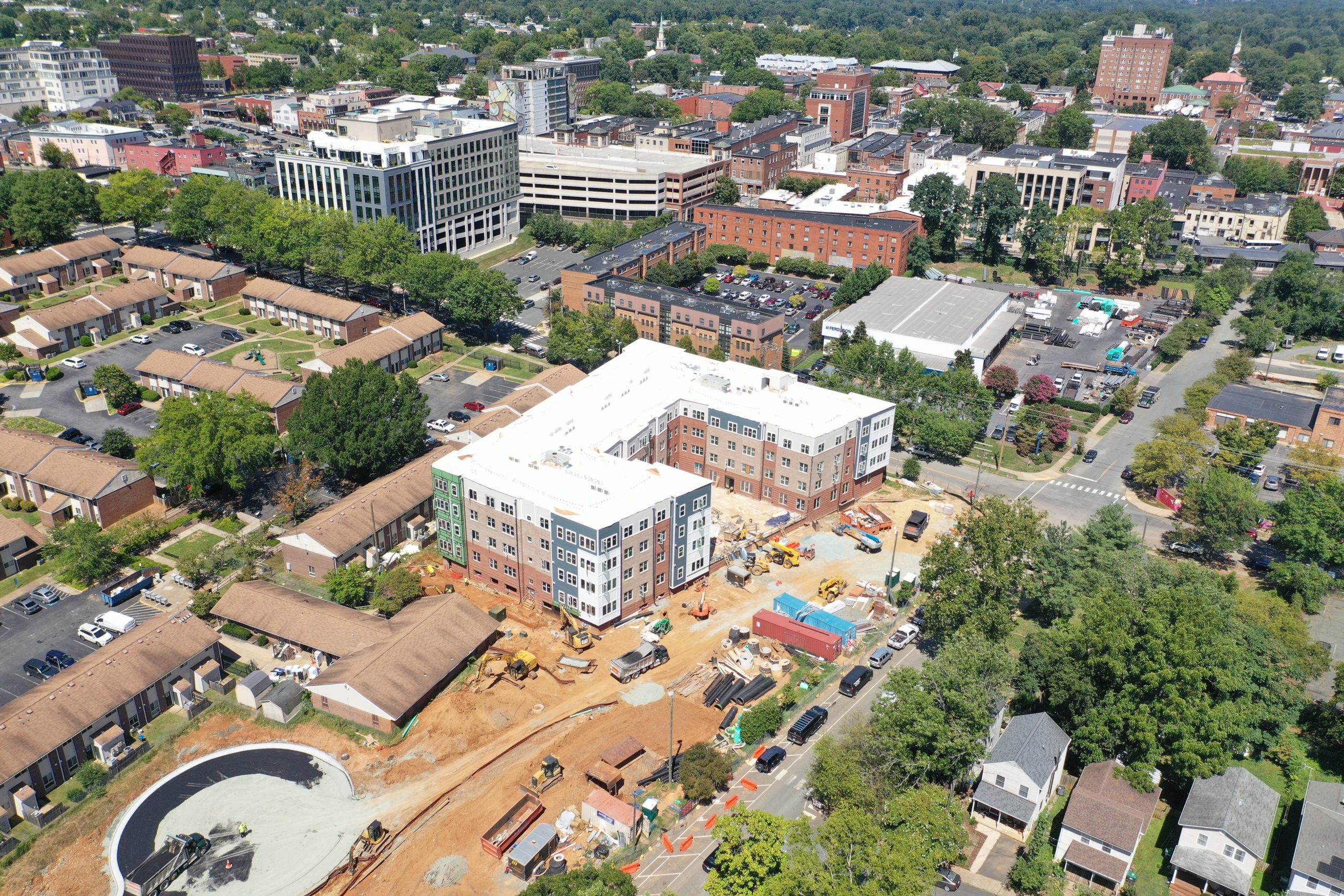Last week, the Consumer Financial Protection Bureau released an important study called “Manufactured-Housing Consumer Finance in the United States.” For 10 years, CFED, through its Innovations in Manufactured Homes (I’M HOME) initiative, has both promoted manufactured housing as affordable housing, while also supporting fundamental changes to the financing, consumer protections, and public policies that affect the nearly 18 million Americans who call them home.
The report relied on a number of sources, including proprietary industry data, to develop its findings. The bureau reported on numerous areas, including some we know all too well, but bear repeating. For example, manufactured homeowners have considerably lower incomes and less wealth than other homeowners. We also had confirmed that the chattel, or personal property, loans most often financing manufactured homes are much more likely to be expensive than mortgages on other houses. In 2012, 17 percent of chattel loans had interest rates that would have triggered the Home Ownership and Equity Protection Act, or HOEPA (as currently enforced), compared to 0.01 percent of site-built loans that actually triggered HOEPA that year (HOEPA did not apply to chattel loans until 2014). HOEPA loans provide borrowers with additional protections, as regulators recognize that the borrowers face higher costs and potential hazards.
The study also supports what CFED and many others have seen in manufactured housing over recent years. Although the percentage of new manufactured homes placed in manufactured home communities is still relatively low–about 30 percent in 2013—78 percent of the total new manufactured homes were titled as personal property. The disconnect between titling and finance should alarm any housing advocate, but also call us to action to do things differently. What this suggests is what I’M HOME partners have long assumed: that many chattel borrowers—the CFPB says as many as two-thirds—may have qualified for mortgages had they been given the option. Industry disputes this, stating that many new units are on “family” land that the owner would not want to use as loan collateral. No doubt this is true in some cases, but with a finance market dominated by just a few players with a deep stake in the chattel model, it stands to reason that the CFPB is on to something. This business model can also turn into higher cost for families, which in turn means riskier loans, more likely to default.
Industry sources also help dispel one of the myths of this market, that manufactured homes are mobile homes. According to the community owners surveyed, the average length of time a home is located in a community is 40 years, while the average resident stays 13 years. Nevertheless, the manufactured housing industry chooses to fund the majority of home purchases as if the families and the homes would skip town in a heartbeat.
Industry, to its credit, has made great strides in improving the quality and look of manufactured homes. It’s time that the financing be modernized as well.
We know there are better ways to do business. Any regular reader of Rooflines no doubt has heard CFED tout the success of the New Hampshire Community Loan Funds’ manufactured home loan program. Private lenders have already moved into this space in the Granite State, and we believe that other lenders in other states would follow if manufactured homes were on equal policy footings as site-built homes. The loan fund is also the basis for CFED’s assertion that titling reform would, with other tools, lead to transformation of this market. But that is not enough to turn the homes into true assets for all owners.
That’s why we are advocating strong duty to serve rules for Fannie Mae and Freddie Mac to ensure they invest in manufactured housing mortgages. This would provide the liquidity that small depository lenders desperately need to lend in this space. It’s also why we advocate for stronger zoning and planning rules to prevent localities from excluding manufactured homes and to offer policymakers and advocates another weapon in their affordable housing arsenals.
In an era of declining subsidies and reduced homeownership rates, advocates and policymakers are looking for ways to bridge the affordability gap. Manufactured housing, done right, offers a framework unlike just about any other option.
We look forward to working with all parties to move this agenda forward. The next best chance for all of us to do so is at the 10th Annual I’M HOME Conference on November 13 in Seattle. I hope you can join us.
Image courtesy of Corporation for Enterprise Development (CFED)





Comments